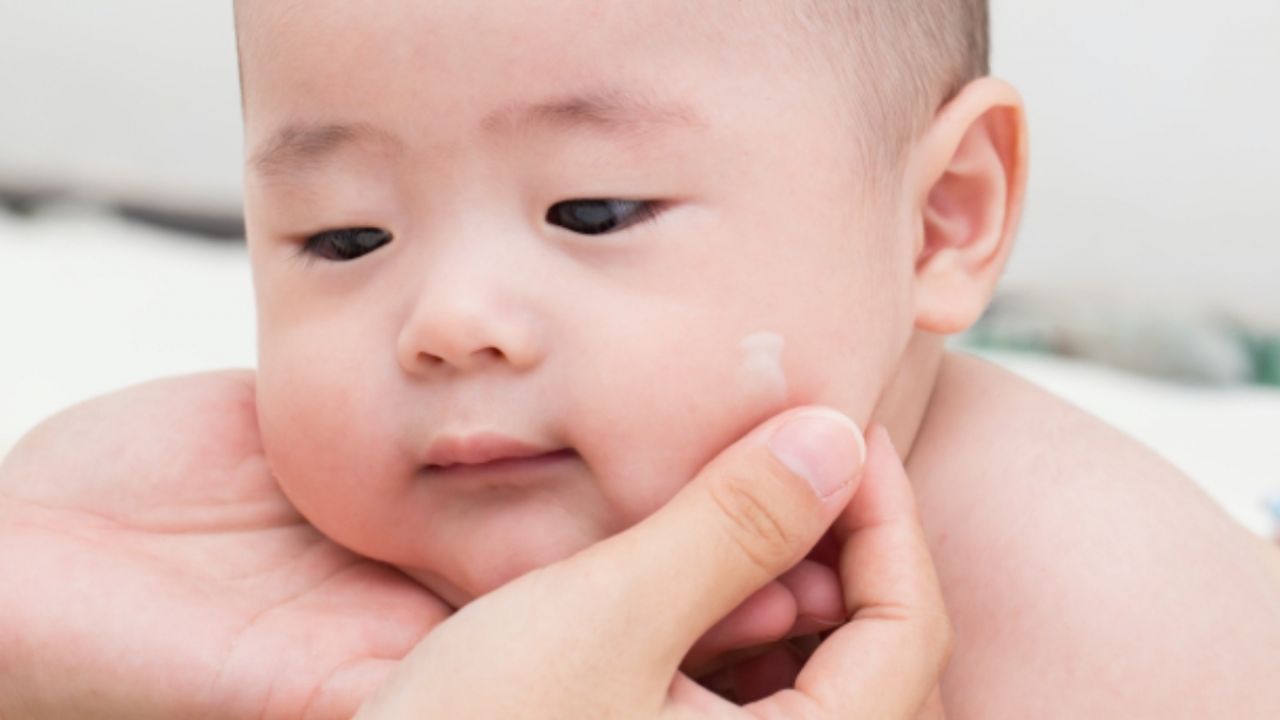
For many cosmetics products, exposure through your mouth may seem unlikely. Still, it’s important to consider oral dosing in assessing the safety of cosmetics ingredients, according to a new European study.
Toxic chemicals can affect multiple organs and tissues simultaneously, leading to health harms with complex cause-effect relationships. Toxicologists routinely use oral dosing tests to identify these so-called systemic effects.
In the journal Archives of Toxicology, Belgian researchers analyzed 114 opinions on the safety of 101 cosmetics ingredients published by the European Commission’s Scientific Committee on Consumer Safety. They focused on the results of repeat dose tests and found that the liver, blood and kidneys are the organs and tissues most commonly affected by cosmetics ingredients following repeated oral exposure.
These effects may indicate or lead to harm, which highlights the importance of oral dosing studies in cosmetics safety testing. Such tests are especially useful for hazard-based safety assessments, such as those used in EWG’s Skin Deep® database.
The study highlights the appalling state of affairs for U.S. cosmetics regulations and safety. In the European Union, cosmetics ingredients must be assessed for safety before entering the market, and the European Commission actively regulates individual ingredients, prohibiting or restricting those linked to harm.
Shamefully, no comparable federal regulations exist in the U.S. The Food and Drug Administration does not require that new ingredients be evaluated for safety before they hit the shelves. This allows U.S. cosmetics companies to use American consumers as unknowing, non-consenting test subjects. This is both unethical and dangerous.
Cosmetics ingredients should never enter the market before undergoing a comprehensive safety evaluation. Congress must take decisive action and empower the FDA to use science and data – including oral dosing studies – to evaluate and regulate the safety of potentially dangerous cosmetics ingredients.

a0ea.png?h=b83af6de&itok=R6rr_THE)

